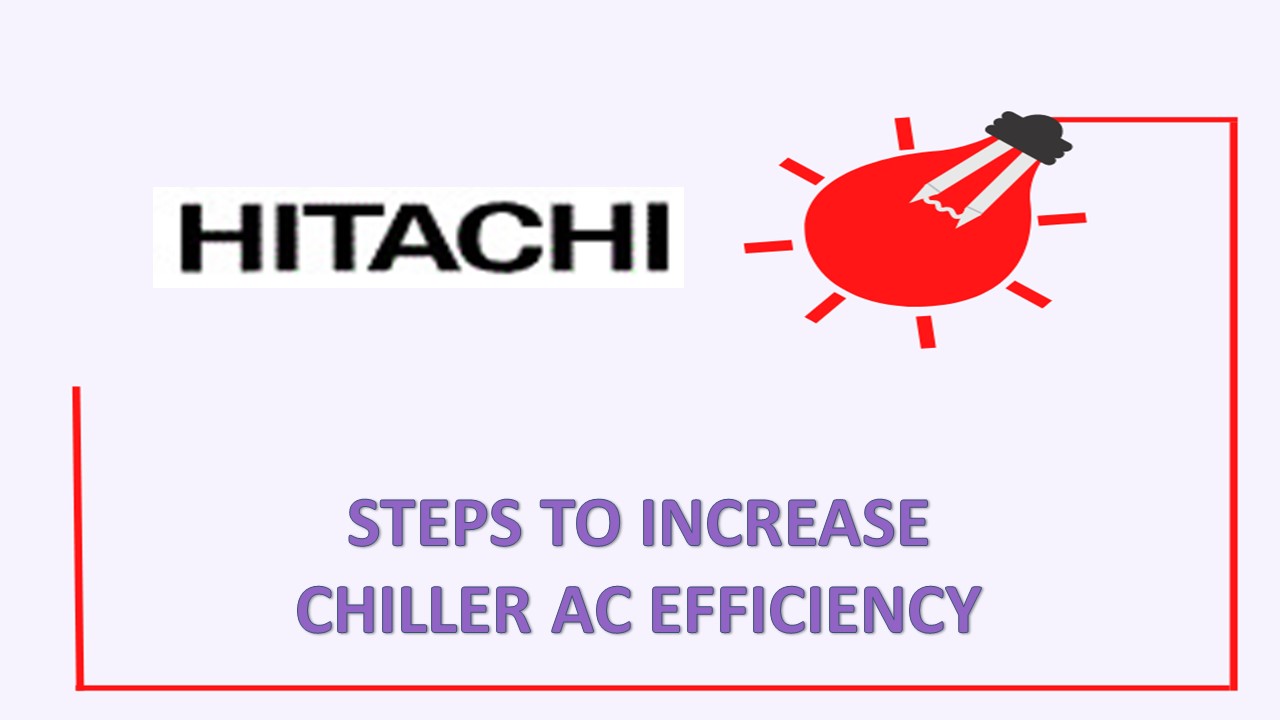Steps to Increase Chiller Efficiency - PowerPoint PPT Presentation
Title:
Steps to Increase Chiller Efficiency
Description:
Chiller systems are designed to cover a broad range of applications. So it is important to keep maintain the chiller AC system. In this PPT, you will get to know how to increase chiller efficiency. Apart from this, If you are looking for industrial chillers in India, then contact Hitachi Aircon or visit the website. – PowerPoint PPT presentation
Number of Views:2
Title: Steps to Increase Chiller Efficiency
1
STEPS TO INCREASE CHILLER AC EFFICIENCY
2
OVERVIEW
The efficiency of chillers ac has increased
significantly in the last decade mostly because
of the introduction of new refrigerants as well
as microprocessor control along with better motor
and compressor design. But high-tech chillers
come with more precise tolerances, meaning
maintenance and repair are more essential than
ever to keep them functioning at their best.
3
Here, you will get to know five facts about
Hitachi aircon units.
Chiller AC system performance is highly dependent
on operating conditions. Full-load performance
isnt an accurate measure of overall performance
since chiller plant operations rarely run at
full-load. Part load performance is essential to
the overall good performance of the chiller
plant. Several variables affect chiller
efficiency. Below are 10 guidelines to keep your
chiller in good shape.
4
MAKE SURE TUBES ARE FREE OF DIRT
Heat transfer is the biggest single impact on the
performance of chillers. Large chillers may
include greater than 5 miles of the condenser as
well as Evaporator tubes, and therefore the
ability to transfer heat efficiently is essential
for keeping the efficiency of your chiller. The
efficiency of the chiller decreases dramatically
as tubes get fouled. Minerals scale, mud, algae,
and various impurities, cause thermal resistance
to increase and decrease overall performance. The
contaminants build up on the water surface on
heat transfer surfaces, both in open- and
closed-loop systems. The process of fouling is
gradual as time passes, based on the temperature
and quality of the water that is used.
5
TREAT CONDENSER WATER
Condenser water loops that use a free cooling
source, for example, atmospheric cooling towers
require water treatment to stop the formation of
fouling. The effects of corrosive conditions,
such as Sand flowing through the tubes at a high
speed can pit the tubes, reducing their
effectiveness of the tube. In the absence of
treatment, water may damage pipes, tubes, and
other types of materials.
6
REDUCE THE TEMPERATURE AT WHICH WATER IS POURED
INTO THE RESERVOIR.
Reducing the temperature of the condensers water
can enhance the efficiency of the chiller. For
certain systems in the building, operators are
able to lower the chilled water set point in
order to eliminate air handler problems like
dirty coils. Be wary of this method that may halt
the symptoms, but will not fix the issue. The
chiller is forced to work harder to achieve the
same effect of cooling.
7
CONTROL WATER VELOCITY
The rate of flow must be controlled precisely,
since the insufficient flow decreases the
efficiency of chillers, leading to laminar flows.
The recommended flow rate is generally about 3
feet every second. But, a too high flow rate can
cause vibration and noise, as well as tube
erosion. The highest recommended flow rate is
usually approximately 12 feet every second.
8
Contact Hitachi to Know More
Hitachi Air Conditioning India
Website www.hitachiaircon.com/in
Twitter HitachiHomes
301,Third Floor, DMRC Building New Ashok Nagar
Metro Station New Delhi- 110096
Facebook HitachiHomes
9
THANK YOU








![NOTE: To appreciate this presentation [and insure that it is not a mess], you need Microsoft fonts: PowerPoint PPT Presentation](https://s3.amazonaws.com/images.powershow.com/5087845.th0.jpg?_=20200513099)



![NOTE: To appreciate this presentation [and insure that it is not a mess], you need Microsoft fonts: PowerPoint PPT Presentation](https://s3.amazonaws.com/images.powershow.com/5430111.th0.jpg?_=20200818126)
![NOTE: To appreciate this presentation [and insure that it is not a mess], you need Microsoft fonts: Showcard Gothic, Ravie, Chiller and Verdana PowerPoint PPT Presentation](https://s3.amazonaws.com/images.powershow.com/3938257.th0.jpg?_=20130304077)
![NOTE: To appreciate this presentation [and insure that it is not a mess], you need Microsoft fonts: PowerPoint PPT Presentation](https://s3.amazonaws.com/images.powershow.com/4925474.th0.jpg?_=20200820015)
















